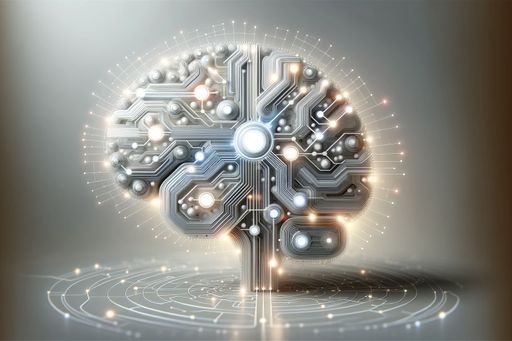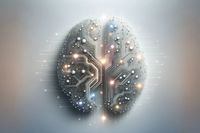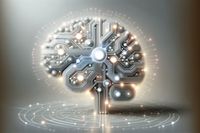AI Detects Unusual Signal Hidden in a Famous Raphael Masterpiece
Artificial intelligence (AI) can be trained to see details in images that escape the human eye. Now an AI neural network has identified something unusual about a face in a Raphael painting: it wasn't actually painted by Raphael.

AI Reveals Non-Raphael Face in Madonna della Rosa
Artificial intelligence (AI) has been used to identify a hidden detail in a renowned Raphael painting. The AI neural network has discovered that the face of St Joseph in the Madonna della Rosa was not painted by Raphael.
Scholars have been debating the authenticity of the painting for a long time. While determining the provenance of an artwork requires a wide range of evidence, a new analysis method based on an AI algorithm suggests that some of the strokes were executed by a different artist.
Researchers from the UK and US developed a custom analysis algorithm based on the known works of Raphael. The algorithm was trained to recognize his style in great detail, including brushstrokes, color palette, shading, and other aspects of his work.
Unmasking the Non-Raphael Face
To achieve this, the team modified a pre-trained architecture called ResNet50, developed by Microsoft, along with a traditional machine learning technique called a Support Vector Machine. This method has previously demonstrated a 98 percent accuracy in identifying Raphael paintings.
Usually, the algorithm is trained on entire paintings, but in this study, it was specifically trained to analyze individual faces. As a result, while the Madonna, the Child, and St John were recognized as being painted by Raphael, St Joseph's face was determined to be potentially executed by another artist.
The researchers speculate that Giulio Romano, one of Raphael's pupils, could have been responsible for the face of St Joseph, although this is not yet confirmed. This AI analysis showcases the use of technology to uncover secrets hidden within classic artwork.
The Role of AI in Art Authentication
The Madonna della Rosa is believed to have been painted between 1518 and 1520. Art critics started to question the authenticity of the painting in the mid-1800s.
While this AI technology has revealed important insights into the painting, the research team emphasizes that it should be used to assist art experts rather than replace them. The authentication process involves various factors, such as provenance, pigments, and the condition of the artwork.
AI software like this can serve as a valuable tool in the art authentication process, providing additional support to experts. The research has been published in Heritage Science, shedding light on the potential applications of AI in the art world.



